Streamlining Success: Mastering Business Process Modeling Techniques
- Jessica R.
- July 12, 2024
- Edited July 12, 2024
Table of Contents
In today’s business environment, efficiently mapping out and improving internal processes can be the difference between stagnation and growth. Business process modeling (BPM) is not just a task for the IT department but a strategic tool that spans across various levels of an organization, providing clarity and a path to enhanced performance.
This blog post dives into the essentials of BPM, outlines various techniques, and presents practical examples to help you apply these methods effectively in your workplace.
Understanding Business Process Modeling
Business process modeling is essentially the graphical representation of a company’s processes or systems, designed to communicate processes clearly and efficiently. It helps organizations analyze and improve their operations. This methodology is crucial for consistent improvement and quality control, making it easier for companies to allocate resources and optimize operations.
For example, in clinical data management, BPM can streamline data collection and analysis processes, ensuring that data handling is efficient and compliant with regulatory standards. This not only improves the workflow but also enhances data quality and security.
Techniques of Business Process Modeling
- Flowchart Technique: Flowcharts are among the most traditional forms of business process modeling. They use standard symbols like ovals, rectangles, and arrows to represent different stages of a process. A simple example could be the procedure of handling patient data in clinical data management. Here, a flowchart could depict steps from data collection and entry to analysis and reporting, showing how data moves through various departments.
- Data Flow Diagrams (DFD): DFDs focus on the flow of information between processes. They are particularly useful for visualizing how data is processed and shared in a system. For instance, in clinical data management, a DFD can illustrate how patient data flows from preliminary data capture through various validation stages to its final use in clinical analysis.
- Business Process Modeling Notation (BPMN): BPMN is a more sophisticated approach that uses a standardized set of symbols. It’s designed to cover more complex procedures and provides a detailed visualization of process interactions. For clinical data management, a BPMN diagram could detail the process of randomization and trial allocation, highlighting decision points that determine the subsequent steps in patient treatment pathways.
- Gantt Charts: Gantt charts are useful for planning and scheduling more extensive projects. They help managers understand task dependencies, durations, and resource allocations. In the context of clinical data management, a Gantt chart could be used to plan the phases of a clinical trial, from preparation and recruitment through to data analysis and reporting.
Integrating BPM Techniques
Choosing the right modeling technique depends largely on the specific needs of the project and the stakeholders involved. Integration of these models into daily business operations is crucial for realizing their full potential.
For effective integration, especially in areas like clinical data management, organizations should train their staff on BPM tools and techniques, ensuring that they understand the diagrams and can contribute to their continual improvement. Additionally, integrating BPM software that allows for real-time updates and collaboration can significantly enhance the effectiveness of these models.
Benefits of Effective Business Process Modeling
Implementing BPM techniques can lead to substantial benefits:
- Improved Transparency: Visual models help clarify the responsibilities and processes within an organization, making it easier for everyone to understand their tasks and deadlines.
- Enhanced Efficiency: By identifying bottlenecks and redundancies, BPM allows organizations to streamline operations, save time, and reduce costs.
- Better Compliance and Risk Management: In fields like clinical data management, BPM is critical for maintaining compliance with regulatory requirements and managing risks efficiently.
Challenges in Business Process Modeling
Despite its benefits, BPM is not without challenges. These might include the complexity of creating models for large and dynamic organizations, the need for ongoing updates to reflect changes, and sometimes resistance from employees who are accustomed to traditional processes.
To overcome these challenges, it’s essential to maintain clear communication and provide employee training and support. Additionally, selecting the right BPM tools that can scale and adapt to the organization’s changing needs is vital.
Conclusion
Business process modeling is a powerful technique that, when applied correctly, can dramatically improve an organization’s efficiency and productivity. Whether through flowcharts, DFDs, BPMN, or Gantt charts, these tools offer the clarity and structure necessary to optimize business processes. In domains like clinical data management, the impact of BPM is particularly significant, enhancing data precision and compliance with health regulations.
As organizations continue to evolve, adapting and integrating advanced BPM techniques will play a crucial role in ensuring that businesses not only survive but thrive in the competitive market landscape. Remember, the goal is to not just document processes but to continuously seek ways to improve them, thereby driving your organization toward operational excellence.
Read More:
Engineering Solutions Companies

Jessica R.
Jessica is a seasoned GMP compliance consultant and technical writer specializing in pharmaceutical manufacturing, data integrity, and quality assurance. With over 12 years of experience working with global pharmaceutical firms, Jessica brings deep industry insights into FDA, EMA, and MHRA regulations.
